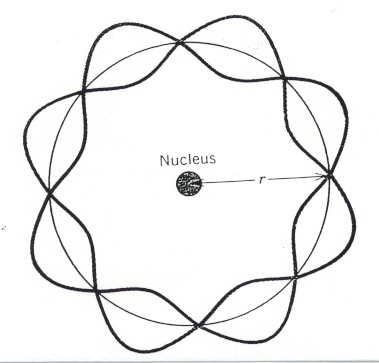I think I understand what you're getting at, Terry, but let me offer a change to your analogy. Imagine that watches are extremely durable, virtually indestrutible. Also imagine that they are very tiny, much smaller than you can see. And to make matters worse, they stick to each other. So the only time you come across a watch, it is hopelessly glommed together with trillions of other watches. In their glommed-together state, they take on properties that you can see. In one arrangement, they look like Gold. In another, they look like Lead. It would likely take you centuries of looking at gold and lead to even realize the things you see as two substances might actually be the same substances arranged differently.
While staring at the Period Table of the Elements I had an epiphany one day. As you go to the highest numbers and start removing properties you get the next lower number. Not much of an epiphany for a Physics professor, but, for me it was quite illuminating.
I thought of it like looking at a bunch of letters of the alphabet tossed out randomly on a table. You might find a stretch of letters such as INARTICULATE. Wow! You can remove certain letters and get: IN ART LATE ATE, etc.
But, note: there is no "meaning" attached. It is just random possible combinations of letter that you must IMPUTE meaning to because you have these patterns assigned to meaning already.
Hold that thought.
The Bible Code had a similar inherent illogic to it that gave people a thrill because they attached SIGNIFICANCE to the fact scripture was involved. Randomly (non)organized letters in certain sequences had the appearance of names, places, etc. Michael Drosnin imputed "meaning" and the world took a sharp breath and went gah-gah.
We cannot escape this possibility in Physicas as well.
Notice in your question to me (in the box above) a watch is already a watch. The concept arrives in your "what if" as a given. That is a huge given for the sake of the point you really want to make. But, by smuggling in (unawares) a hidden concept (The Watch exists as a timepiece rather than as a puzzling unknown) you color the outcome.
Sometimes random letters may appear to spell something. But, a word is only a true WORD if there is meaning attached by intention.
A sidebar:
(This is what Creationists want to do with everything. When they see a random pattern which they recognize (already a given) they jump to IMPUTE meaning and intention. They fool themselves with this smuggled concept and call it proof. It is not proof. It is a possible premise and nothing more.)
Or, to put my point simply: what a thing is.....is according to its nature. We are the ones insisting that the nature MEANS this and that in order to fit it into an overall pattern. That pattern is often (mostly?) (always?) an artificial construct for the purpose of understanding it.
I am NOT saying what Immanuel Kant said. Nature is not impossible for us to understand because it can be misunderstood. We must simply take care to wipe the equations already on the blackboard off before we begin the new set of numbers.
I'm not even sure I've made any point now that I re-read the above. Try this: When we disturb the nature of anything in order to discover what it MIGHT BE we risk only seeing what it has become now that it is disturbed and then extrapolating and imputing MEANING.
Terry
